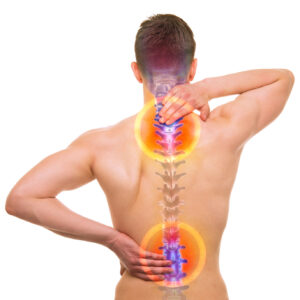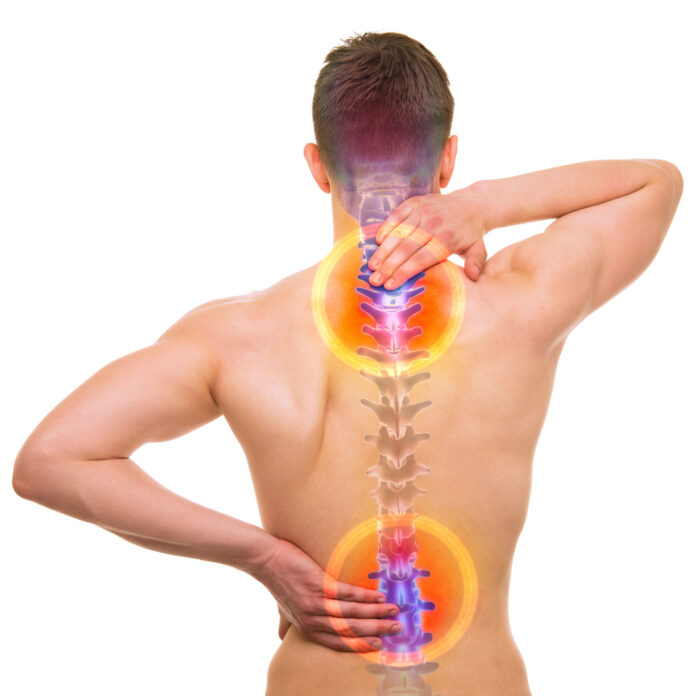
If you suffer from chronic neck and back pain, you are not alone. Today millions of people suffer from it on a regular basis. Typically a person’s occupation, whether physical or sedentary, can be one of the leading causes of the pain.
Dentists, dental hygienists, hairdressers, barbers, construction workers, plumbers, truck drivers, electricians and factory workers are good examples of physical occupations that produce neck and shoulder problems, chronic headaches and other maladies. In other words, an occupation that puts you into an awkward position and or demands you repeat the same movement over and over again puts a strain on your body’s structure that can result in a nagging pain and discomfort.
These types of jobs performed day in and day out require the individual to maneuver his or her body in a variety of postural deviations that result in stress that is unnaturally put on the body.
For example, let’s take hairdressers. Often their workstation is set up so their sink is on one side and the chair the client is sitting in is in the middle. He or she has to bend, turn and work around the client all day long. As a result, hairdressers must work from a fixed position that puts repetitive stress on their shoulders, arms, and wrists. This repetitive motion can not only affect the hands and wrists, but it can work its’ way up through the fascial network in the arms that feeds into the neck and jaw.
Hairdressers I have worked on often report not only pain but also a significant restriction in their ability to rotate their heads and sometimes full-blown frozen shoulder. For different people and different occupations, their symptoms will of course vary, but chronic pain and severe restriction in mobility that can threaten their movement to perform their job is a common denominator.
Non-physical jobs can create similar kinds of stressors that produce same types of problems. People whose occupations require them to work at a computer all day also experience chronic neck and back pain. This can be the result of repeated patterns that one engages in, often at work while working at a computer. These patterns can lead to a shortening of the fascial network in the front of the body usually beginning with shortened attachments of the diaphragm under the rib cage.
Since most office furniture is not ergonomically designed, it causes the head and neck to be arched forward of the shoulder girdle and torso. This type of day to day work shapes the body to take on an unnatural forward head posture accompanied by rounded shoulders. Regularly working on a computer contributes to one of the most painful and common postural faults.
One of the ways the body has to compensate for this posture is that it has to build up an extra layer of connective tissue right where the thoracic spine meets the cervical spine. This extra layer of connective tissue is commonly referred to as the Dowager’s Hump. So the body is building up extra tissue to support the head which is forward in the relationship with the rest of the body.
So what can you do about this predicament if changing jobs is not immediately possible? You can start with your office furniture. One option to consider is a standing desk, and this works for some people. Another option to consider is a device called the Yogaback. This support works to keep your back straight and your posture aligned. Other ongoing therapies include hands-on massage, structural integration (aka Rolfing) and chiropractic.
But the best way to get long-term relief is to address the whole body, for whatever postural faults we have when we start a job or a career, will tend to be made worse by the job. You must find out where the problem begins and address the source and this is where a chiropractor comes in, as they can do this for you. The goal that will provide this long-term and dramatic relief involves bringing our whole structure into equipoise with gravity. To that end, all our segments (head and neck, torso, pelvis, legs, etc.,) will have to be sitting right on top of each other and not forward, back or rotated with the segment below. Further, the energetic tone held in our deep core muscles will need to be balanced with the tone held in our large surface muscles. These are the kinds of structural changes that will pay dividends for the rest of your life!
To your good health! Robert Auerbach
Robert Auerbach is a Certified Advanced Practitioner of Structural Integration. You can contact him at 313-407-6343 or visit his website at www.rolf-michigan.com | Learn what your first Structural Integration aka/Rolfing session is like and go to this YouTube link https://www.youtube.com/watch?v=aUDwj_QVXwU











